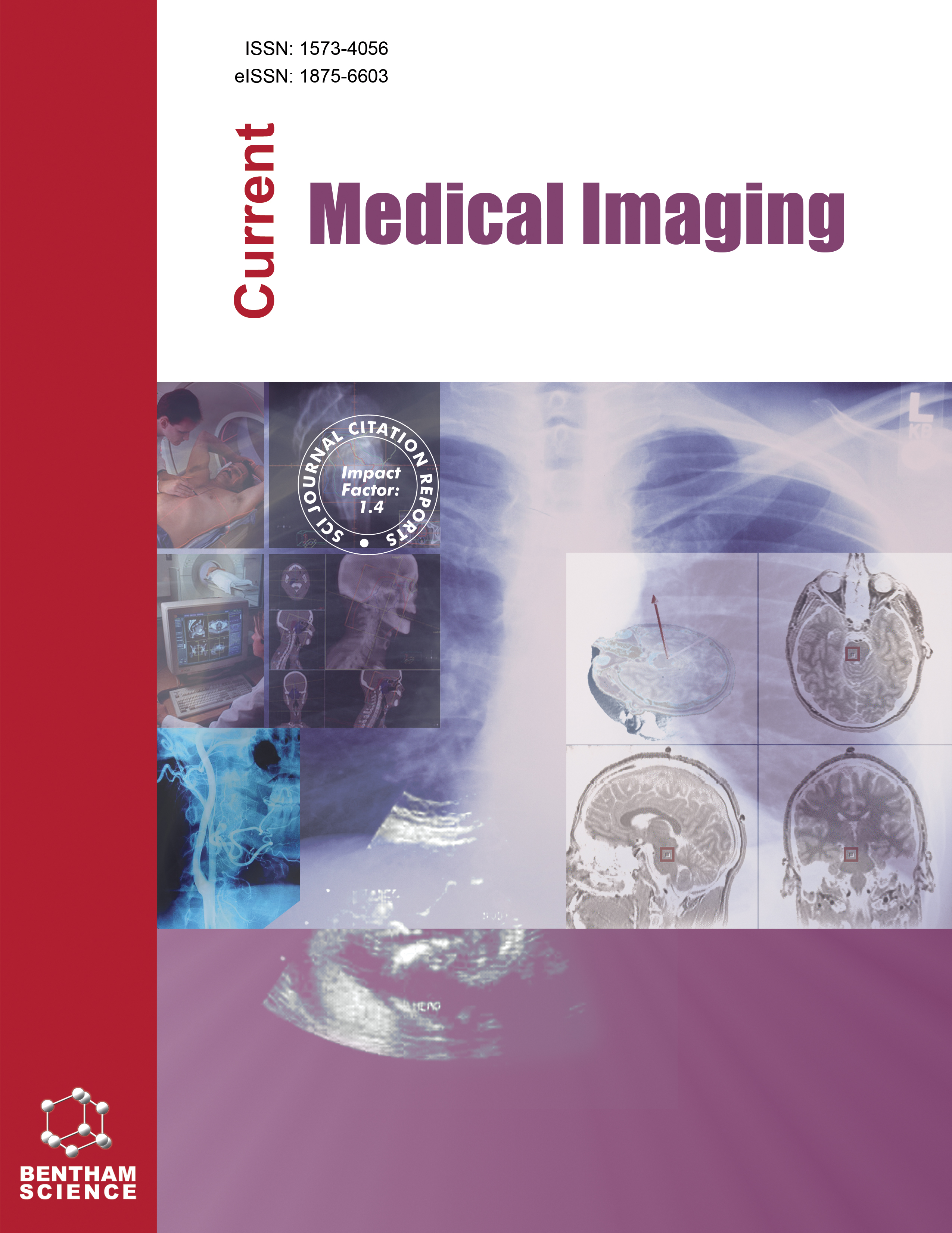-
oa A 17-Years Follow-up of Occupational Radiation Doses in an Interventional Cardiology Department
- Source: Current Medical Imaging, Volume 20, Issue 1, Jan 2024, e15734056331218
-
- 16 May 2024
- 18 Sep 2024
- 01 Jan 2024
Abstract
Various studies have demonstrated large variations in the annual occupational exposure of medical personnel working in interventional cardiology departments, ranging from 0.1 mSv to exceeding the annual effective occupational dose limit of 20 mSv.
The purpose of this study was to investigate the 17-year dynamics in the personal dosimetry records of the medical staff in one interventional cardiology department in Bulgaria.
The study was performed between 2007 and 2023 and included 31 interventional cardiologists. For each of them, data from all individual dosimetry control reports were analysed. The number and complexity of interventional procedures were analysed on an annual basis. A total number of 39639 procedures performed over 17 consecutive years were classified and analysed.
The results have suggested that when a newly formed team gains clinical experience, the focus shifts towards optimizing radiation exposure to patients, and it has been observed to change from 40 Gy.cm2 in 2009 to 14.8 Gy.cm2 in 2023 for diagnostic and from 146 Gy.cm2 in 2009 to 51.2 Gy.cm2 in 2023 for interventional procedures, and from 19.5 mSv/year under the lead apron in 2012 and 3.7 mSv/year in 2023 for one of the interventional cardiologists among the medical staff. The optimization process in the department has been found to be slow but consistent, starting with the routine application of basic methods to reduce the likelihood of skin injury. Any practical implementation of a methodology or process requires periodic training to raise awareness of the topic and the use of different strategies to put it into practice. Most of the reported values from individual dosimetry monitoring have been found to be in the range below 4 mSv/year, consistent with the summarised results from other studies.
The radiation protection awareness program introduced in 2014 has been found to result in between a 2- and 6-fold reduction in individual effective doses for some staff members and a 2-fold reduction in typical patient doses.


